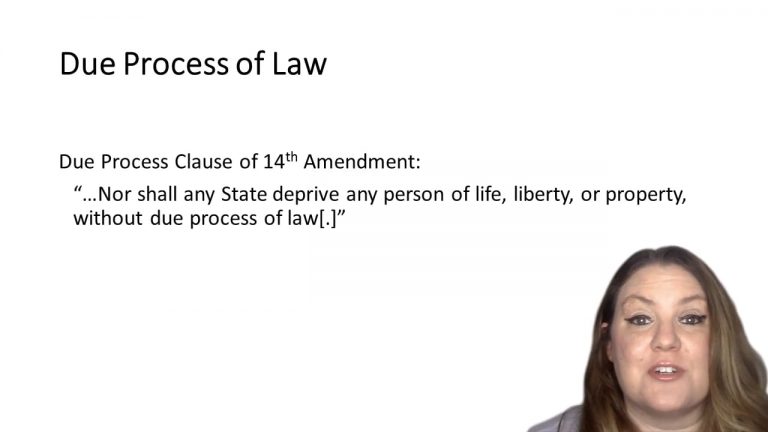SmartBrief
Confirm favorite deletion?
Criminal Procedure Keyed to Dressler
Perry v. New Hampshire
Citation:
565 U.S. 228, 132 S.Ct. 716, 181 L.Ed.2d 694.Facts
Around three in the morning on August 15th, 2008, police were called to an apartment complex due to a report of a man trying to break into parked cars. An officer responded to the call saw the defendant standing between two cars, holding two car-stereo amplifiers in his hands. A metal bat lay on the ground behind him.
Meanwhile, Nubia Blandon, a resident at the apartments, woke her neighbor, Alex Clavijo, and told him she had just seen someone break into his car. He went downstairs to the parking lot to inspect his car and observed that one of the rear windows had been shattered. On further inspection, he discovered that the speakers and amplifiers from his car stereo were missing, as were his bat and wrench. Clavijo approached the officer and told her about Blandon’s alert and his own subsequent observations.
An officer went inside to speak with Blandon while another officer stayed outside with the defendant. The officer asked Blandon to describe what she saw and for a more specific description of the man. Blandon pointed to her kitchen window and said the person she saw breaking into Clavijo’s car was standing in the parking lot, next to the other police officer. The officers then arrested the defendant.
About a month later, the police showed Blandon a photographic array that included a picture of the defendant and asked her to point out the man who had broken into Clavijo’s car. Blandon was unable to identify the defendant.
Before trial, the defendant moved to suppress Blandon’s identification on the ground that admitting it at trial would violate due process. The defendant argued that Blandon witnessed what amounted to a one-person showup in the parking lot, which all but guaranteed that she would identify him as the culprit. The motion was denied and he was convicted.
Only StudyBuddy Pro offers the complete Case Brief Anatomy*
Access the most important case brief elements for optimal case understanding.
*Case Brief Anatomy includes: Brief Prologue, Complete Case Brief, Brief Epilogue
- The Brief Prologue provides necessary case brief introductory information and includes:
Topic:
Identifies the topic of law and where this case fits within your course outline.Parties:
Identifies the cast of characters involved in the case.Procedural Posture & History:
Shares the case history with how lower courts have ruled on the matter.Case Key Terms, Acts, Doctrines, etc.:
A case specific Legal Term Dictionary.Case Doctrines, Acts, Statutes, Amendments and Treatises:
Identifies and Defines Legal Authority used in this case.
- The Case Brief is the complete case summarized and authored in the traditional Law School I.R.A.C. format. The Pro case brief includes:
Brief Facts:
A Synopsis of the Facts of the case.Rule of Law:
Identifies the Legal Principle the Court used in deciding the case.Facts:
What are the factual circumstances that gave rise to the civil or criminal case? What is the relationship of the Parties that are involved in the case.Issue(s):
Lists the Questions of Law that are raised by the Facts of the case.Holding:
Shares the Court's answer to the legal questions raised in the issue.Concurring / Dissenting Opinions:
Includes valuable concurring or dissenting opinions and their key points.Reasoning and Analysis:
Identifies the chain of argument(s) which led the judges to rule as they did.
- The Brief Prologue closes the case brief with important forward-looking discussion and includes:
Policy:
Identifies the Policy if any that has been established by the case.Court Direction:
Shares where the Court went from here for this case.

 2m 6s
2m 6s